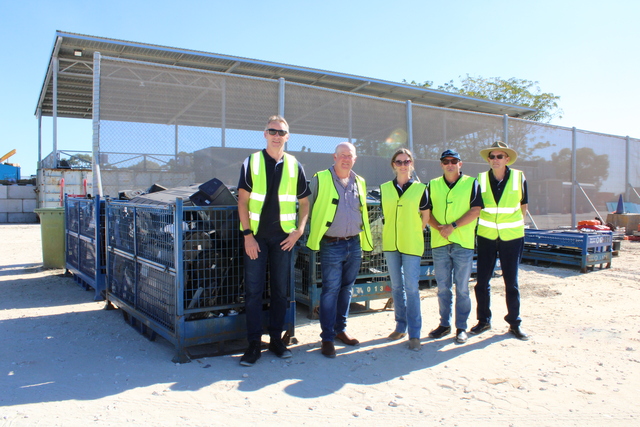The 2017-18 Federal Budget last month saw the government deliver on its promise to councils to restore indexation to Financial Assistance Grants (FAGs), worth around $836.5 million over the next four years – a good result for local government. However, this achievement wasn’t without its challenges with the sector fighting for its case every step of the way since the introduction of the freeze in 2014-15, particularly with local Federal MPs. Motions were raised, resolutions were passed, meetings were held, case studies were compiled, and hundreds of emails were sent opposing the decision.
Although it wasn’t an easy feat, your efforts and the efforts of ALGA and your state and territory local government associations paid off. I would like to thank each and every person who supported and joined ALGA’s campaign to restore indexation; we can all join together in celebrating this great success.
Looking ahead, councils are faced with a long recovery as a result of the FAGs indexation freeze – particularly regional and remote councils that depend on this important grant – as it permanently reduced the base level of the grant payments. To help address this, ALGA will return its focus to seeking the Federal Government’s commitment to return the quantum of FAGs to at least one per cent of Commonwealth tax revenue. The level of this crucial grant has fallen over time; in 1996 FAGs were equal to about one per cent of Commonwealth tax revenue but by 2016-17, they amounted to around just 0.55 per cent. As found in a report by the Productivity Commission, there is limited scope for the sector to introduce new or additional revenue streams and our communities need certainty and confidence in their councils to plan adequately for future challenges.
ALGA will also seek a closer partnership between federal and local governments to improve the productivity of our roads through investment in addressing first and last mile access. This targeted investment will free up access for freight vehicles and improve connectivity between local roads and preferred state and national freight routes. Our costings show that this investment would result in a direct cumulative GDP benefit of $1.72 billion over three years and create 4100 jobs. That’s a great return for the freight industry, for local producers, for local communities and Australia.








